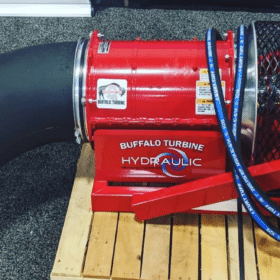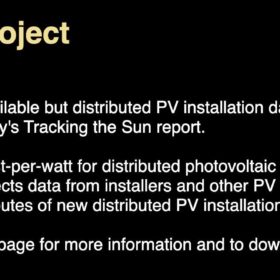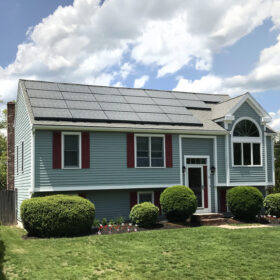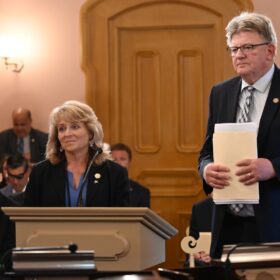Microsoft buys more solar from ENGIE, Lightsource raises $140 million in U.S. solar funding: pvMB 9/26/19
Hello once again friends and welcome to the pvMB. Today we’ll be looking at Amp reaching a GWh in in large-scale solar+storage projects, SmartFlower debuting SmartFlower +, ABB debuting the Universal 10/4 Residential Storage System and more!
The slow, inexorable rise of green hydrogen
The International Renewable Energy Association says the integration of hydrogen into the energy transition will not happen overnight and electrolysis costs will not be halved until the 2040s. But that hydrogen and related products could revolutionize the world energy landscape is not in doubt.
On the floor at SPI – touchless snow removal, perovskite tandem cells, gapless solar modules, more!
pv magazine USA is at Solar Power International in Salt Lake City, Utah this week and showing off some hardware from the floor. And most impressive is that innovation is still happening in solar modules, but also in many other complementary technologies.
Small solar is getting bigger, cheaper and more efficient
LBNL’s annual Tracking the Sun report, comparing 2017 to 2018, saw module efficiency rise almost 10%, system prices decrease 5-7%, median system size increases, and significant variability in all of those data points across the 1.6 million systems surveyed.
The Open PV Project goes offline
The U.S. Department of Energy has shut down the site for its Open PV Project, which supplied cost and installation data. Is this the winding down of a project whose time had come, or part of a more disturbing trend?
The blackest black for more efficient solar cells
MIT scientists claim to have created a material 10 times more black than anything witnessed to date. It is said to be able to absorb more than 99.96% of incoming light and reflect 10 times less light than other superblack materials. The invention may be interesting for the development of black silicon PV technology and carbon nanotube-based solar cells.
San Diego demands clean community energy
The San Diego City Council has voted 7-2 to bring community choice aggregation to the city, becoming the 26th local government in California known to pv magazine to do so.
Soltec achieves 16.2% Bifacial Gain, Ohio State makes a potassium battery breakthrough: pvMB 9/18/19
Happy Wednesday, folks and welcome to the pvMB. Today we’ll be checking out 7 Michigan school districts moving to electric bus fleets, Extensible Energy’s virtual battery, net metering protests in The Big Easy and more.
Is the Trump Administration blocking the science on a renewable-powered future?
A study on reaching high levels of renewable energy has been removed from the NOAA website, and an energy writer says that the release of another study has been blocked.
MISO seeks to make solar a dispatchable, intermittent resource
MISO is seeking input as it transitions solar power to being more highly integrated into its energy forecast modeling. This is happening as the volume of solar is booming, and follows on the grid operator’s success with wind power.













